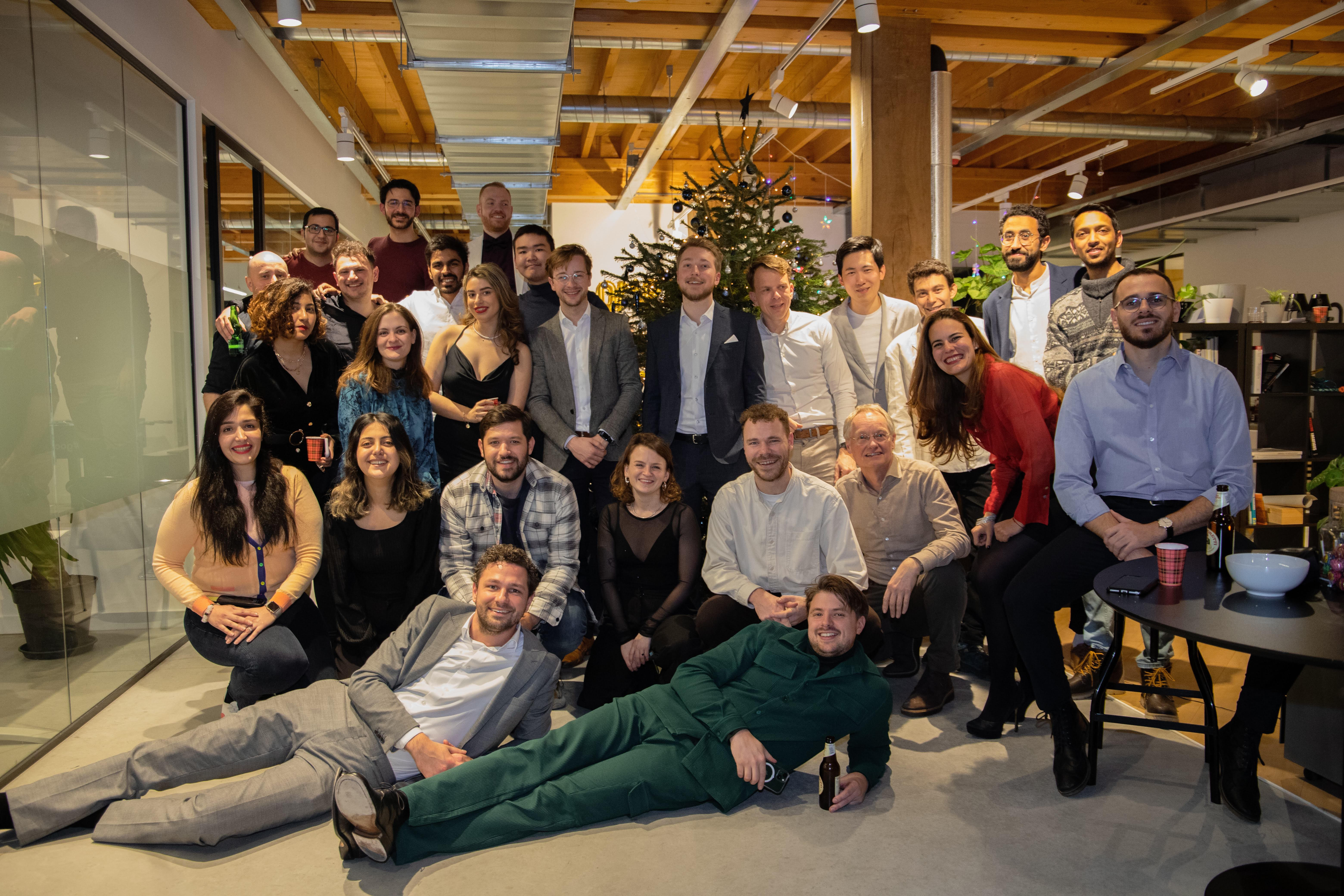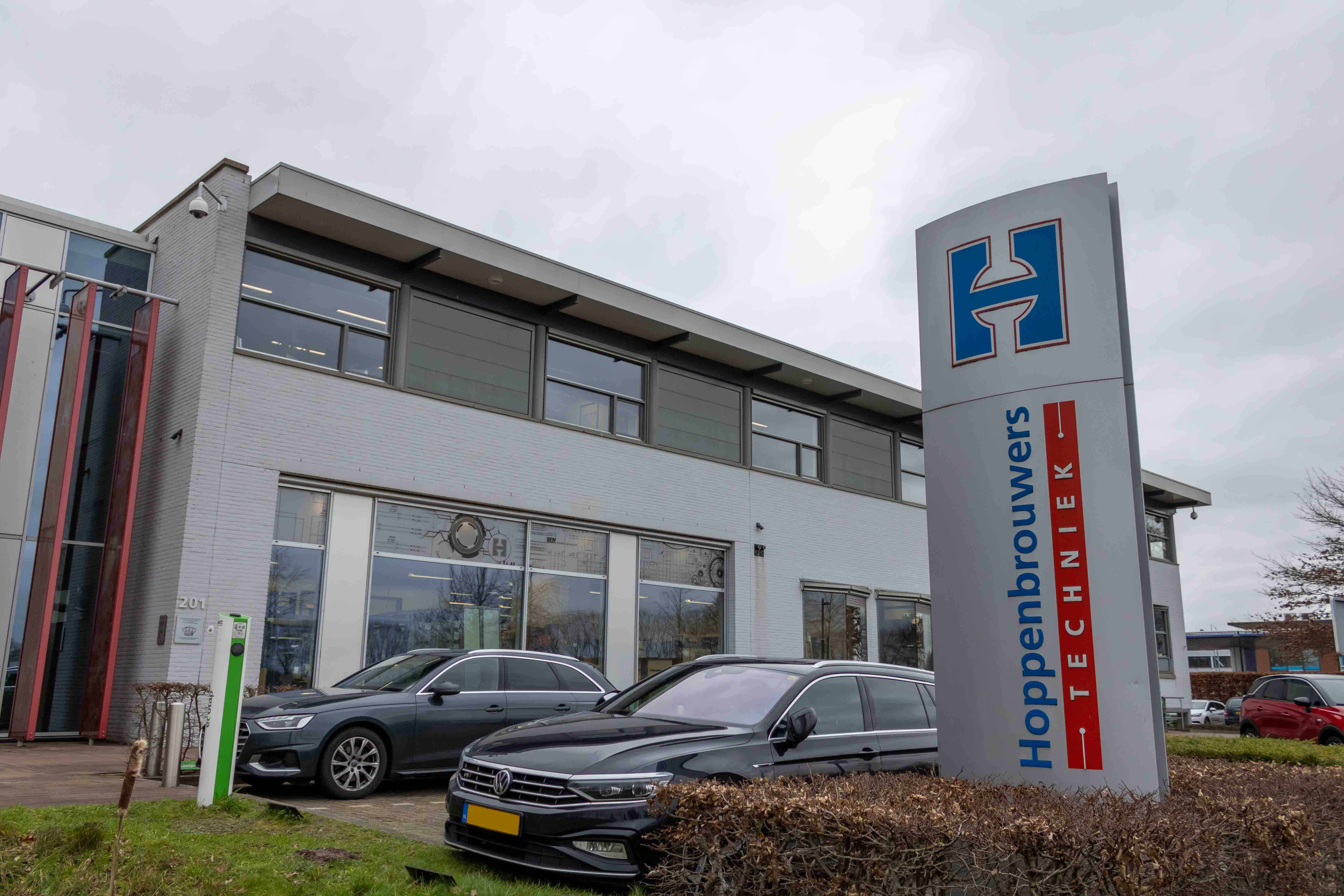
About OMRT
- Founders: Andreja Andrejević and Jasper Spiegeler
- Founded in: may 2018
- Employees: 45
- Money raised: 7 million
- Ultimate goal: to make the construction industry across Europe work with our software
The aim of the Dutch government is to build one million additional homes within ten years. A great ambition for which start-up OMRT thinks it has the solution. According to co-founder Andreja Andrejević, we should not build more but make better building designs. During his studies in building technology at TU Delft, he learned how to develop complex software that can change the work of the traditional architect. In this instalment of Start-up of the day, he tells more about this software.
What does OMRT do?
“On our platform, we develop building designs for project developers. The designs are created with the help of technologies: a combination of self-written mathematical software, artificial intelligence, and physical and financial analyses. We don’t believe that you can just press three buttons and thousands of designs will come out. You will receive half a year of training with us to be able to operate the software because designing a building is complex. The technologies make it possible to generate and analyze a building design automatically.”

How exactly does that work?
“You specify preferences for a design in the system. You can think of all kinds of things such as how the wind blows, how much daylight enters but also how much energy the building consumes. We also look at the design: where are the bathrooms, where will a solar panel be placed, and where the shafts will be. The system then independently outputs designs on the computer. All possible outcomes have been thoroughly assessed by experts such as energy consultants, building physics engineers, architects, project developers, and structural engineers. Thousands of proposals are created from which the architect and project developer can choose the most suitable option based on filters. You no longer need an architect to create designs, but you do need one to realize the designs. Of course, there are still limits to our software. For example, it cannot take on very complex forms at the moment.”
What do you want to achieve?
“We want to shorten the submission of building permits from one and a half years to six weeks. Most people think that the slowness in the housing industry lies in the construction phase, but it actually lies in the design phase. The construction itself goes fairly quickly: on average it takes two and a half years. But it takes an average of seven years to develop a building concept.”
Why is that?
“At the moment, an architect works on a design for a few weeks, then he goes to a consultant who gives advice. If the consultant says the windows need to be bigger, he will adjust the design. When he goes to an energy consultant the following week, they may well say that the windows should be smaller. This way you keep going back and forth. A project is also on hold for an average of one year if a single person drops out. When you work with technology, you are less likely to have these problems.”

How was OMRT created?
“In the beginning, we partly worked on our company from an accelerator program and partly at an engineering firm. Frustration arose at that firm because we ran into the problems, we now solve, ourselves. We met a first investor and realized our product. We knew we had something that had a lot of value, but also that the market wouldn’t be prepared for it. Because we wanted the market to find us, we marketed ourselves at a low price. After that, we started looking for a new investor and we raised one and a half million euros just before the corona pandemic. Just before this summer, we raised another five million from an external private party.”
What’s your greatest challenge?
“In the beginning, we were very naive: after all, we have a technology that works well, right? But now we put a lot of energy into convincing people. People don’t trust a computer to get the job done right, especially not in just six weeks. Among other things, we have set up workshops to involve people in our vision. Since we started doing that two years ago, our working method has experienced enormous growth.”







